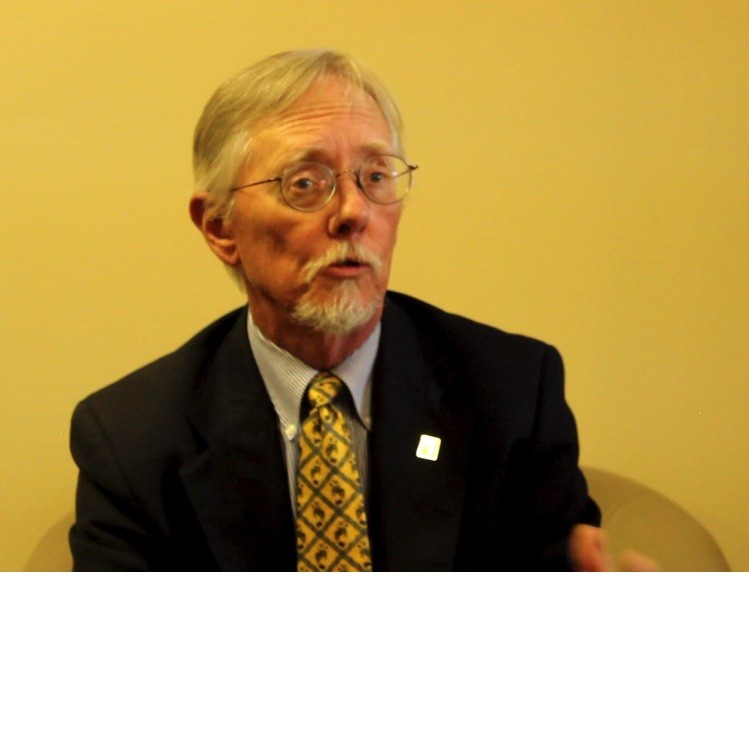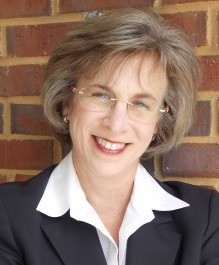The graying of Clay County
GREEN COVE SPRINGS – A combination of growth, in-migration and an aging population is projected to inflate Clay County’s population of citizens age 75 and above by about 500 percent by …
This item is available in full to subscribers.
Attention subscribers
To continue reading, you will need to either log in to your subscriber account, or purchase a new subscription.
If you are a current print subscriber, you can set up a free website account and connect your subscription to it by clicking here.
If you are a digital subscriber with an active, online-only subscription then you already have an account here. Just reset your password if you've not yet logged in to your account on this new site.
Otherwise, click here to view your options for subscribing.
Please log in to continueDon't have an ID?Print subscribersIf you're a print subscriber, but do not yet have an online account, click here to create one. Non-subscribersClick here to see your options for subscribing. Single day passYou also have the option of purchasing 24 hours of access, for $1.00. Click here to purchase a single day pass. |
The graying of Clay County
GREEN COVE SPRINGS – A combination of growth, in-migration and an aging population is projected to inflate Clay County’s population of citizens age 75 and above by about 500 percent by 2040.
The projection, which comes from University of Florida’s Shimberg Center for Housing Studies, shows a dramatic increase projected in a 40-year period between 2000 and 2040 that could dramatically change Clay County’s demographics.
Experts say Clay County is not prepared for what is known as “the silver tsunami” and that the time for planning is now.
“Now’s the time, when you’re talking about those kinds of demographics,” said Linda Levin, chief executive officer of the Jacksonville-based senior resources nonprofit ElderSource. “Now’s the time for Clay County to buy into this.”
It’s no secret Florida has long been a retirement haven for the elderly, which make up about 25 percent of the state’s population. However, Clay County has bucked the 25 percent trend and has maintained a 10 percent rate of elderly residents.
However, that percentage is on a slow path of change.
According to the Shimberg study, Clay County’s rate of growth in this age group will be more than four times higher than the state’s senior growth during the same period leading up to 2040.
During that same time period, the percentage growth of the age cohort under 30 years old shows only modest gains. According to population projections, within 20 years, the number of senior citizens in Clay County will grow from just over 10 percent of the population in 2000 to just under 25 percent of the population.
This trend, national as much as it is local, comes as 10,000 U.S. baby boomers celebrate their 65th birthday every day. The age group, which makes up more than a quarter of the U.S. population, will dramatically change the composition of the country.
Perhaps nowhere will this be felt more thoroughly than in sunny Florida.
“The first boomers are in their early 70s,” said David Bruns, a Tallahassee-based communications manager for the American Association of Retired Persons. “We’re going to see a very rapid rise in the 70-plus population, and that is going to have transformative effects. One of the issues that people face not so much in their early 70s, but in their later 70s or 80s, is that they want to remain independent as much as they can.”
For individuals to remain independent and inside their homes well after retirement, Bruns said, communities need to consider universal design for new home construction. He said that may include simple additions such as handles for doors in lieu of knobs, wider doors and other small home requirements that can keep aging residents in their homes away from an assisted living facility.
“There are not enough facilities for that population to move into as they grow…So we need to make their homes physically fit for that to happen,” Levin said. “That’s part of a livable community.”
According to AARP, there are 16 “age-friendly communities” in Florida. The classification, awarded by AARP, is not an endorsement necessarily of the current conditions for the elderly in those communities, but rather a declaration by public officials to make their communities more livable for the elderly.
“There’s a tremendous amount of work that’s already being done by organizations all over the state to prepare for…the ‘silver tsunami,”’ Bruns said.
So what makes a community livable when it comes to the elderly?
The World Health Organization has developed eight criteria to determine age-friendly communities.
Among them are ratings on how effective a community’s transportation system is and the social services and general outlook a population has towards the elderly.
“If you make the community livable for people 50-plus, it’s going to be livable for the whole community,” said Justine Conley, associate state director for advocacy and outreach for AARP.
Big changes could determine if Clay County weathers the waves of impending change or succumbs to them, experts say. As an aging population, county growth and in-migration lead to an age boom, experts say, Clay County’s current transportation, housing and health systems may not be able to withstand the growth spurt.
“Transportation is a big issue for Clay County, but it’s also a big issue everywhere,” Levin said.
Cursory changes to make roads more age-friendly do not require expensive implementation, Levin said. For example, the county could choose to make wider crosswalks and expand the time that pedestrians have when they attempt to cross a street.
Approximately 12 percent of Clay Transit riders are more than 60 years old. That percentage could grow as Clay County’s demographics trend upward.
To house a growing elderly population that is increasingly outliving its retirement savings, the county would likely need to invest more heavily in affordable housing than the 11 units currently within the county.
Levin said, like transportation, a shortage of affordable housing is a strain not exclusive to Clay County.
However, she said, with such a high growth in senior citizens expected within the county, county health officials will likely see a shortage of geriatric services.
“The demand is going to be too great on the system, and we’re going to need more,” Levin said. “There’s not enough resources to begin with, the system can’t support it. With the growing number and not enough resources to support them, we need…to help them remain healthier longer, or at least help them manage their health better.”
During natural disasters, however, emergency officials would have to be mindful of the changing demographics and plan accordingly.
“I think [an older population] does a multitude of things,” said John Ward, Clay County Emergency Management director. “One, it brings a new population that we need to educate on disaster preparedness, and two, we also would need to increase our sheltering capacities. We have quite a few shelters, but special needs shelters for the electrically and medically needy population, we really need to work on increasing.”
Not all issues Clay County could encounter over the next decade wrought from new demographics will be systemic in nature.
Elders statistically involve themselves more in volunteer efforts than their younger demographic groups, so an older population means more volunteers. The county just needs to ensure the new population can find and assist in those volunteer efforts.
“What a great problem to have,” Levin said.
According to Levin, in the past 50 years, Florida’s number of senior citizens age 75 and older has experienced approximately 650 percent growth. Clay County is projected to have a 488 percent growth in less than half that time.
Now is the time to plan, experts say.
“Hopefully they listen and do what they need to do to make their community elderly friendly,” Levin said. “An elder friendly community is friendly for everybody.”













